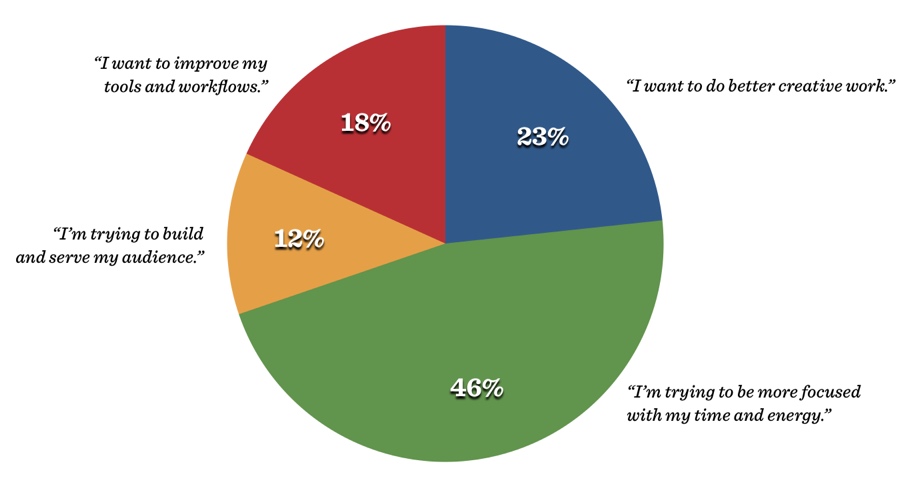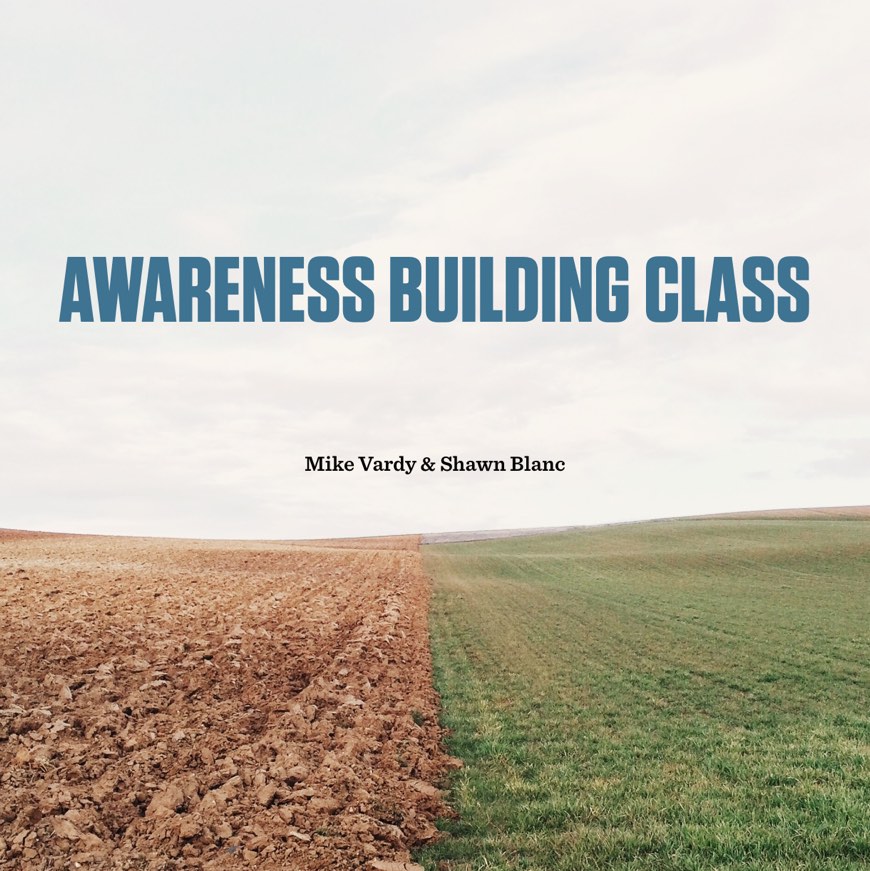My friend, Sean McCabe, recently published a podcast episode talking about how to send valuable and relevant emails.
But the show was about much more than just email.
For me, the most valuable takeaway from Sean’s podcast was this:
“Relevancy is more important than recency.”
The context was that with email, what makes it so powerful is not the ability to send a recent message to 1,000 people right now. Rather, that you can send one single relevant message to one person at just the right time.
Sean posted his show almost a month ago, and I’ve been thinking about it ever since.
It pairs perfectly with another idea I’ve been chewing on: a business model that (surprise!) is based on providing the most amount of value to the most amount of people.
Which begs the question: What’s more valuable for your content: relevancy or recency?
Put another way, is the relevance of your content based on the content itself or the timestamp?
The Bias Toward “Fresh”
Be careful when you presuppose that the newer something is, the more relevant it is. While it’s true for many news sources, it’s not true of all content. Not even all the content published on the Web.
Our bias toward fresh content is a huge part of why we prefer Twitter over books, and TL;DR over long-form.
The real-time web is awesome, but it’s not the only source of information. Especially not so if we’re seeking to gain a deep understanding of a topic and expand our knowledge in an area.
Twitter is fine in its own right, but it’s a mighty bloodless substitute for learning.
Relevancy vs Recency for you, the reader
Last month I read Cal Newport’s book, So Good They Can’t Ignore You.
The book is not new — it’s three years old. But the contents in it were exactly what I needed to hear right now.
There were two huge takeaways from the book that gave me some clarity and insight into the exact challenges I’m facing right now in my business. Despite the fact that the contents of the book were not new, they were still very relevant.
For a book, we don’t really think too much about new-ness equating to relevancy. In fact, a three-year-old book is still pretty new. But for the (real-time) web, three years sounds like an eternity. When we go to a website, we want to know what is fresh and new — we assume that the newer it is the more relevant it is.
Obviously for a news website such as CNN, et al., the newest content is almost always the most relevant. But what about for the millions of other sites that don’t publish news? That are writing and publishing things without a shelf life?
hen you recommend a book, you don’t say “it’s old, but still good”. Yet, if you recommend an old website article (and by old I mean anything not written in the pas 12 months), it’s not uncommon to mention that it wasn’t written in the past 24 hours.
We have so many people writing incredible things on the web — it’s time to stop using the time stamp as the primary qualifier for relevancy.
And, for those of us who are creating great content for the web, it’s time to think more about how we can keep that content relevant for months and years to come.
Relevancy vs Recency for you, the writer
Long-time readers of shawnblanc.net will know that my pattern for writing has long been about “recency.”
The long-form software and hardware reviews I used to write were primarily valuable because of how “fresh” they were. And while many of those reviews still stand today, it’s only because they’re interesting and they can serve as a point of reference. They are’t exactly helping solve any problems or challenges you’re facing right now (that is, unless you’re considering buying a used G4 PowerBook.)
One down side to a Recency-Over-Relevancy mindset when it comes to content production is that it means much of what you create has a very short shelf life.
Consider if the content model you’re building on is focused on “new-ness.” If so, then it means that if you don’t have something recent, you don’t have anything at all.
I know this because it’s exactly how I approached the writing here on shawnblanc.net for the first six years. This website started in 2007 as a place where I could write about technology news.
But I’ve realized that “new-ness” is not the long-term game I want to play here. Even on Tools & Toys and The Sweet Setup, we are working to build a content strategy that’s not primarily dependent on “new-ness”. (But I’ll share more bout that another day.)
* * *
The question I continue to re-visit is this: What can I do that will be the most helpful and provide the most value to you, the reader?
To peel the curtain back just al little bit, I know that the answer to that question is something far beyond some weekly emails, podcast episodes, and blog posts.
While the regular writing and podcasting I’m doing here is a critical component that keeps things moving, there are a LOT of past articles I’ve written and podcast episodes I’ve recorded that are still immensely valuable. Yet they’re buried underneath that reverse waterfall.
Someone new to this site is probably interested in what’s happening right now, but they are also likely to find immense value in the articles I’ve already written. Such as the those from earlier this summer regarding productivity and diligence, or the ones from last year about sweating the details in our work.
While I don’t have anything firmly in the works, yet, I do have a few ideas about what I could do to improve the relevancy of my content in a way that doesn’t put recency as the primary metric.
Some ideas include:
- A redesign of the shawnblanc.net website that puts less emphasis on the reverse-waterfall blog and more emphasis on the most valuable content I’ve produced, regardless of when it was published.
- Going through the archives here on shawnblanc.net and putting together certain posts and articles into a series around specific topics (such as writing, creativity, productivity, entrepreneurship, workflows, etc.)
- Using the awesomeness of Active Campaign to offer training and relevant content on-boarding via email.
Basically, I’m looking at better ways of packaging and presenting all of my writing and podcasting into products and training materials (both free and paid) that can be as valuable as possible to you regardless of if you’ve been a long-time reader or this is the first article you’ve read of mine.
* * *
To wrap this up, I want to thank all of you who support this site, show up to read, listen to the podcast, and share your thoughts and feedback. Many of you are brand new. (Welcome!) And many more of you have been around for months and years.
Thanks for reading. And thanks for letting me learn and iterate in public. I think it’s more fun that way, and I hope you do, too.
You are awesome.
— Shawn
P.S. If you want to stay in the loop with what I’m working on, you should join newsletter.
Just punch in your info below to get on the list. Every week I send out a short list of links to the best articles related to creativity, entrepreneurship, and the internet.


